Hi River Roaders,
I hope you’ve been able to stop by this summer and check out the pollinator garden on our front plaza. Last spring, the Grounds Committee planted it with milkweeds and mints, and almost every time I’ve watched it on a sunny afternoon, I’ve seen a monarch on the milkweed. The monarch population in North America is declining to the point where it’s notable to see a monarch nowadays. In this blog, I’ll share our success stories in how we’ve been helping these important and magical pollinators.
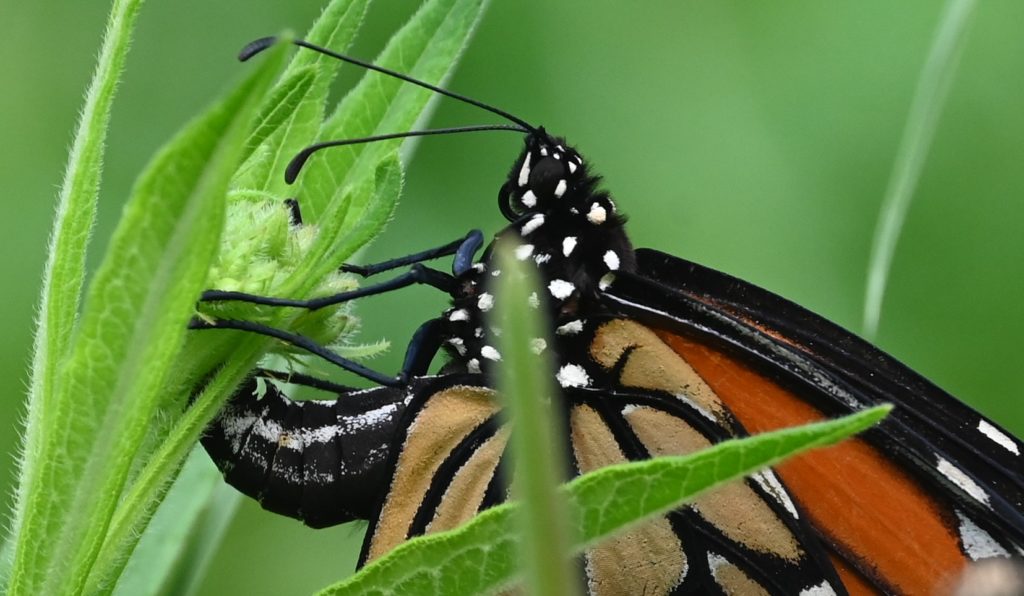
I believe this monarch is laying eggs on one of our milkweeds. I’ve not seen any caterpillars yet, but I expect they are just too small.
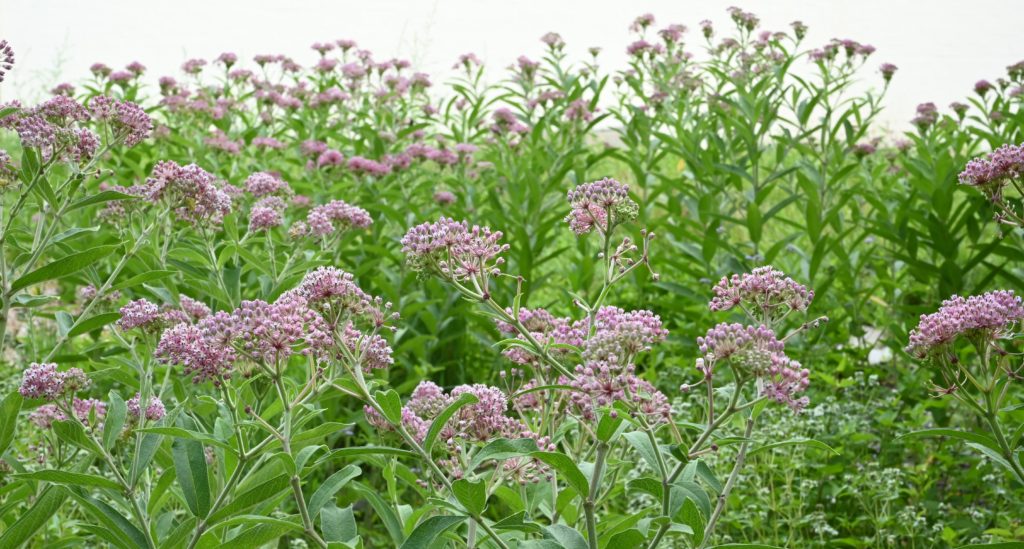
The swamp milkweed on our front plaza is always filled with all types of pollinators, including butterflies, bees, wasps, and flies. Hummingbirds occasionally visit as well.
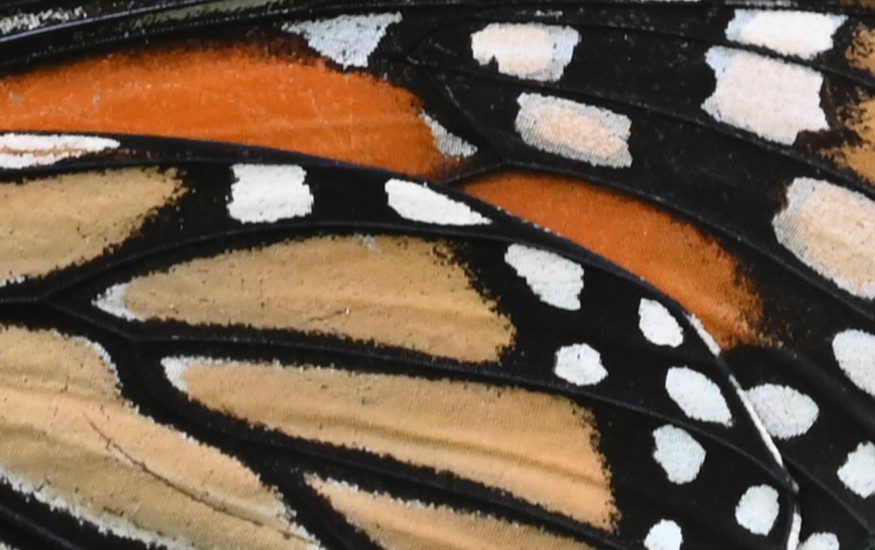
The orange wings of the monarchs alert birds and predators that it is filled with toxins from the milkweed. Don’t eat me!
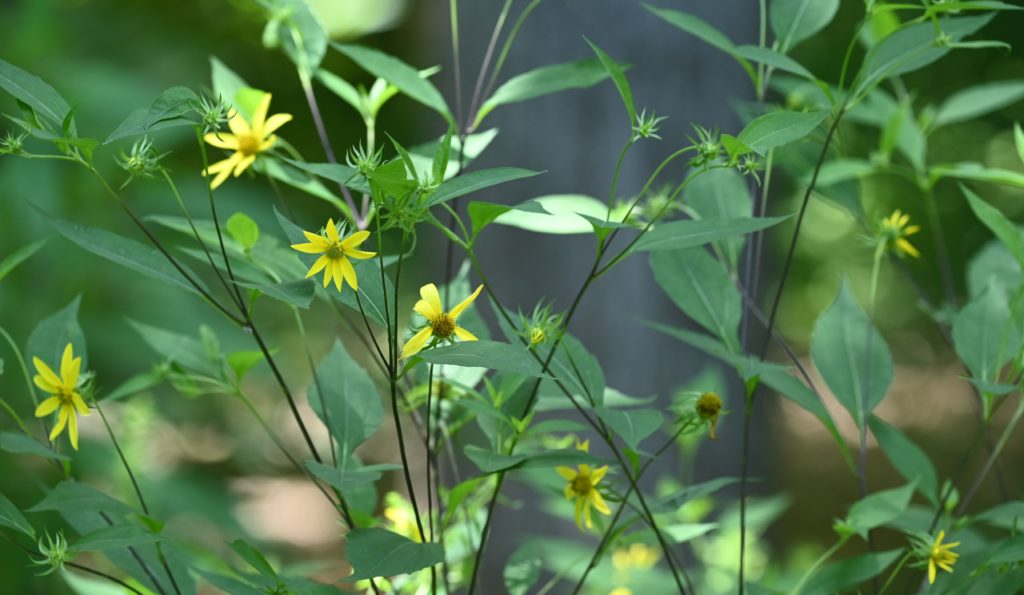
A new pollinator plant on our grounds this year is this pale-leafed sunflower (Helianthus strumosus). I transplanted this from a colony growing wild along our street.
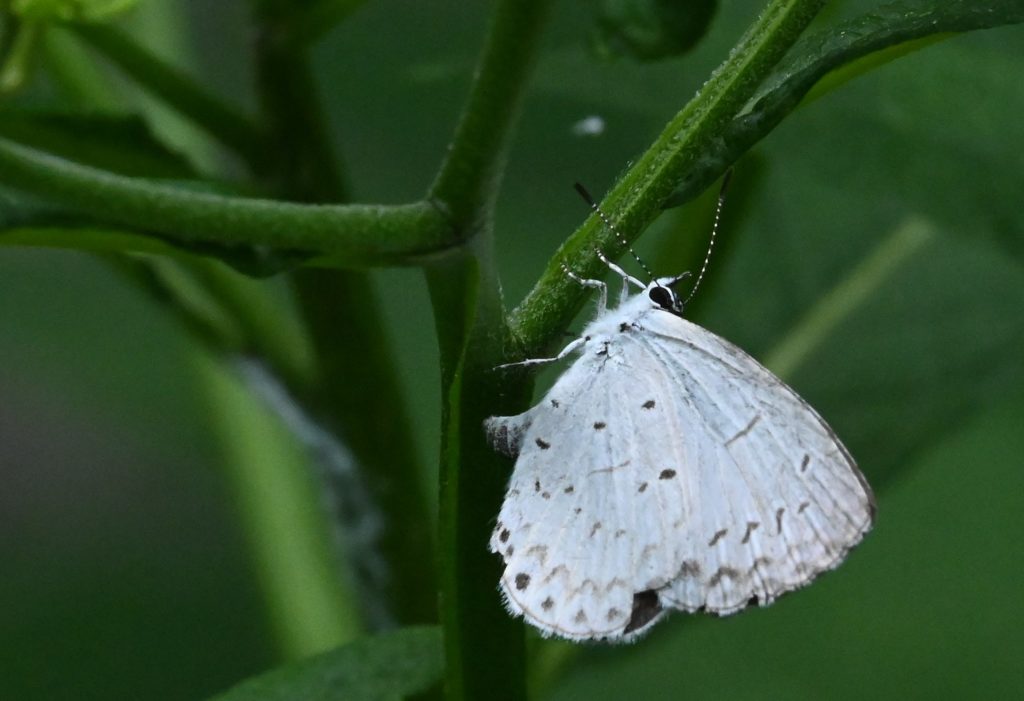
We have more than monarchs. Here is a summer blue butterfly resting on wingstem.
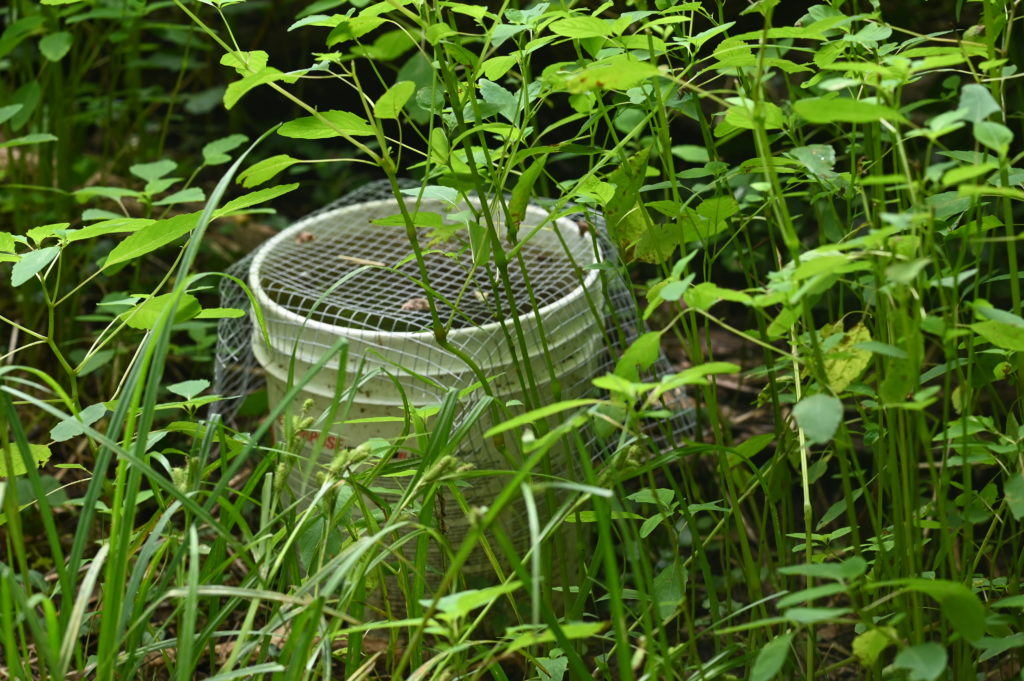
Probably the biggest single action we took this year to protect our pollinators was to start natural mosquito control. In previous years, the daycare would spray for mosquitos using synthetic sprays that kill any insect that comes in contact with it (think “Mosquito Joe” or “Mosquito Squad”). The solution is simple: fill a bucket with water (we use five gallon buckets), add lots of straw (which ferments to create gas that attracts mosquitos looking for a place to lay their eggs), and add a quarter of a Mosquito Dunk containing a naturally-occurring bacteria that is fatal to mosquito larvae living in water. It’s important to add a new Dunk every month. This approach has significantly reduced the mosquito population on our grounds in a way that is fully protective of pollinators. We have seven of these mosquito control traps spread across our grounds. I also use this approach at home to great effect. Try it!
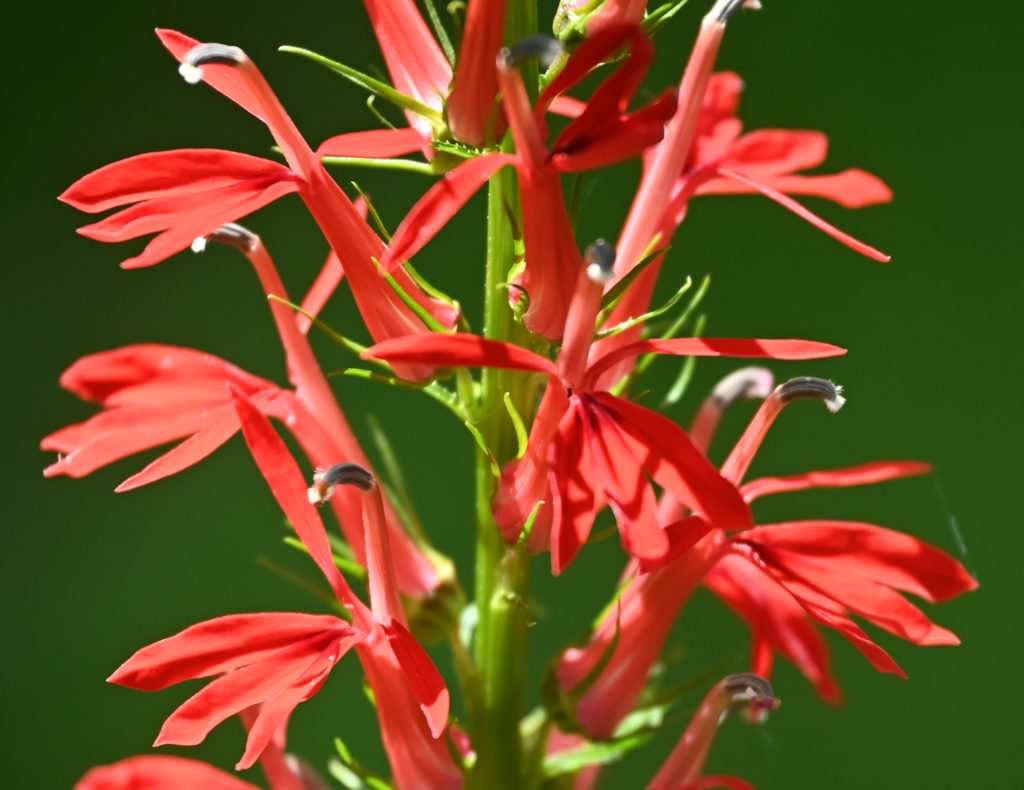
This week the cardinal flower in Springsview Garden started to bloom. This flower attracts hummingbirds and long-tongued pollinators that can reach down the tubular flower to obtain the nectar.
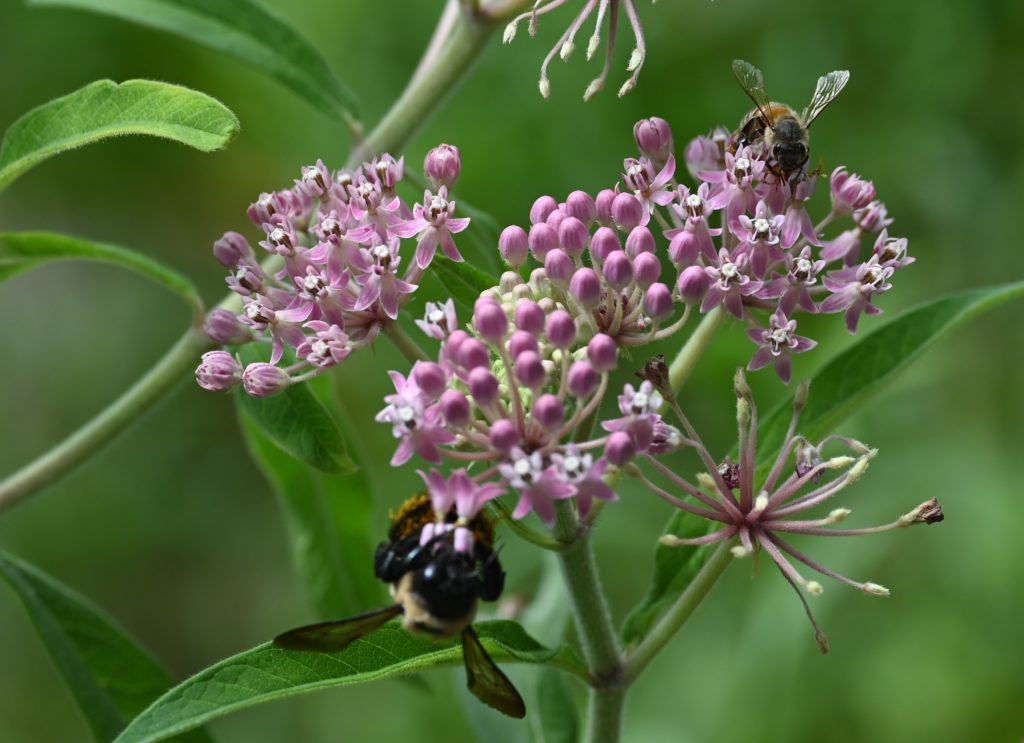
Attitudes can change as we obtain more information. Here is a native bumblebee (bottom left) and a non-native European honeybee (top right) sharing a swamp milkweed flower. While honeybees are economically very important to the production of honey and pollination of commercial crops, there is a growing body of knowledge that they compete with our native pollinators. This is something to watch.
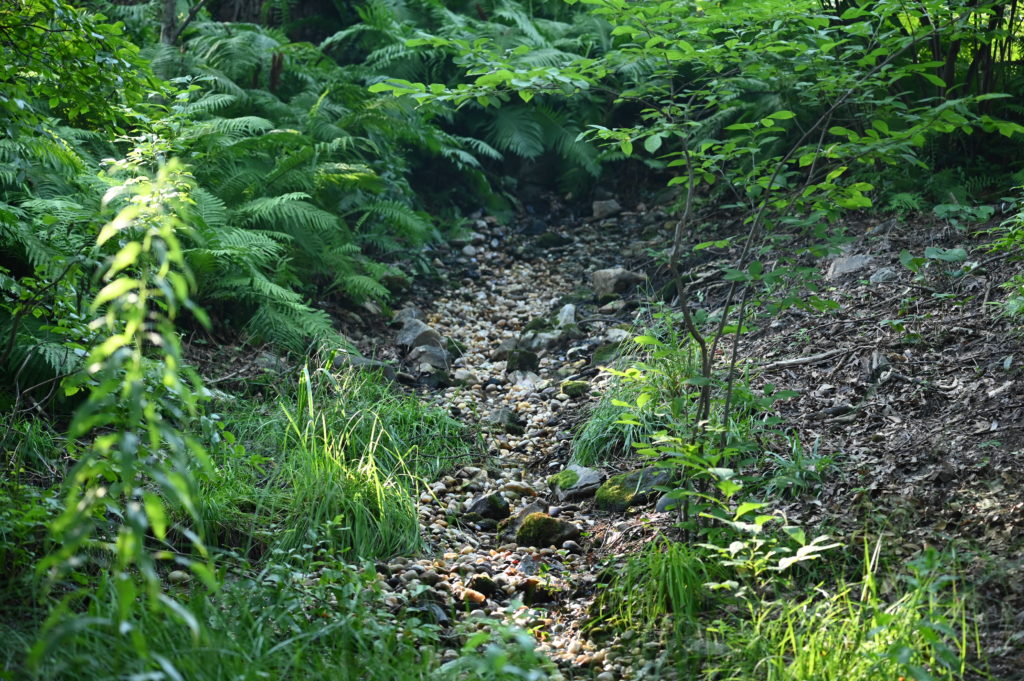
August and September are the peak months to watch pollinators on our grounds. Sunny days are best. When you need to cool off, take a walk back to Springsview Garden and cool down in the shade by the springs.
Till next month,
Joe
